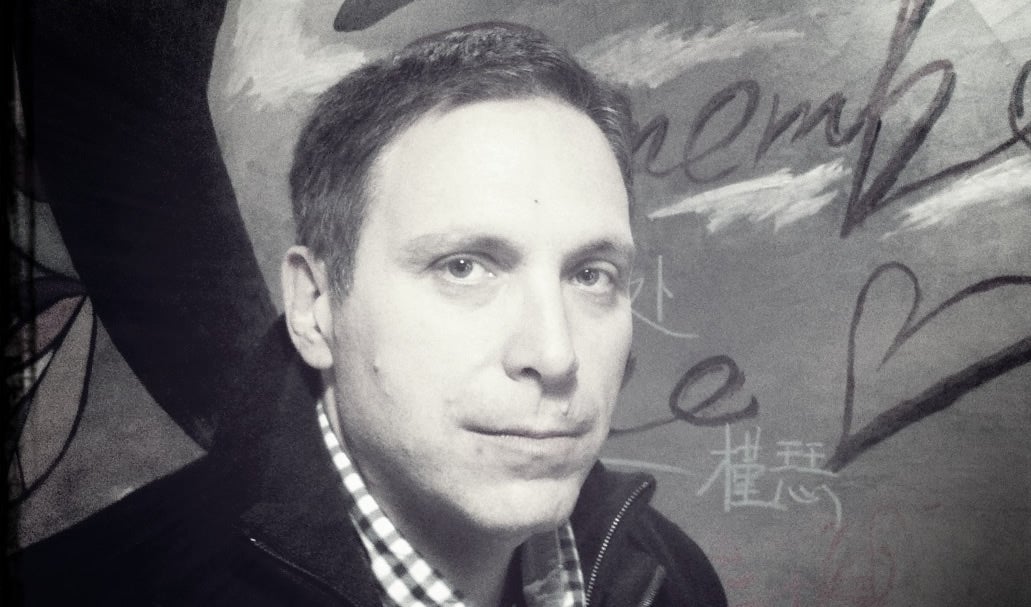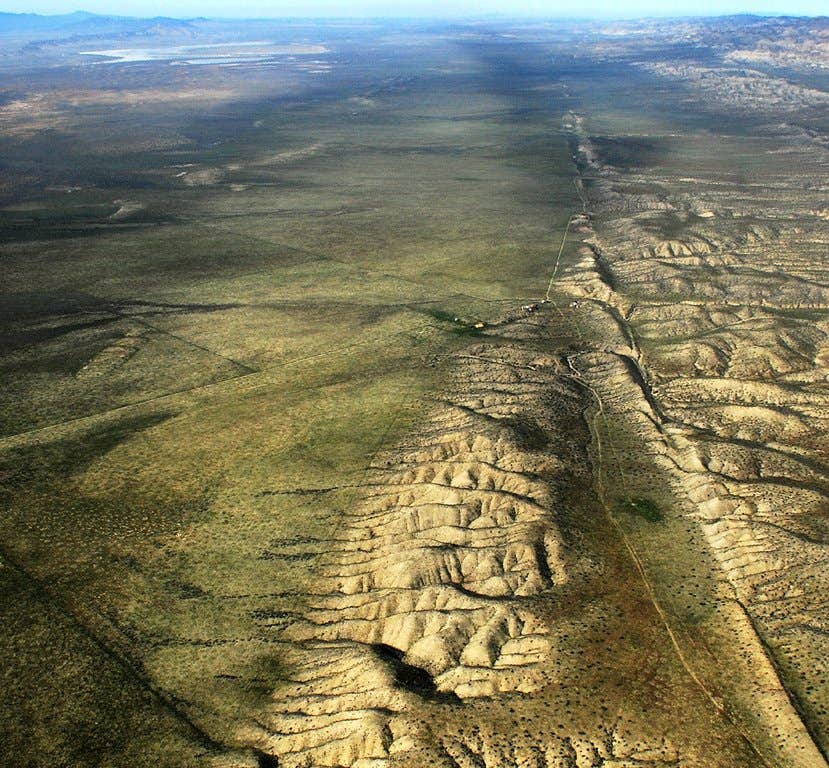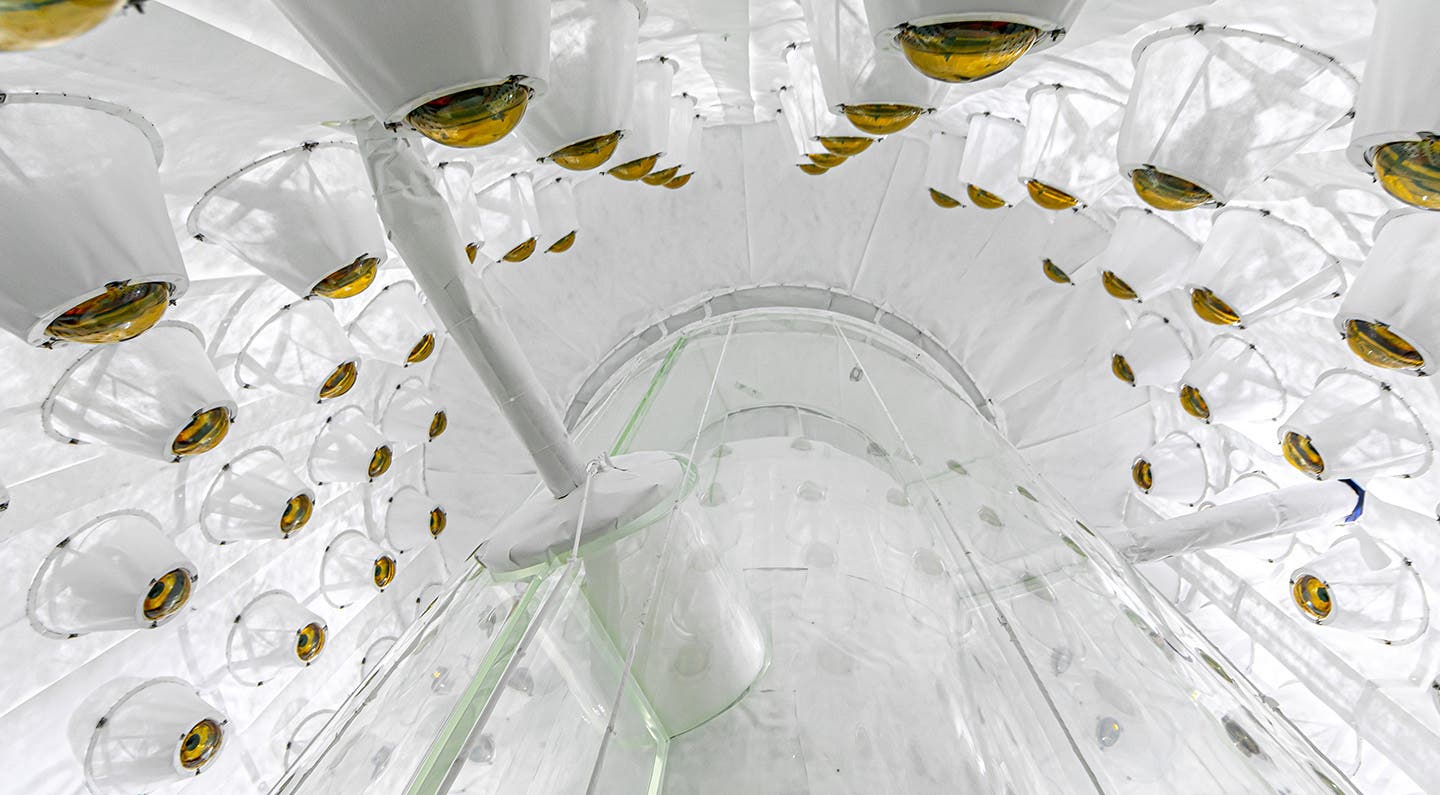Catastrophic San Andreas earthquake could be triggered by the Cascadia subduction zone
A new study suggests the Cascadia subduction zone and the San Andreas fault may move in sync, with one quake potentially triggering another along the Pacific Coast.

 Edited By: Joseph Shavit
Edited By: Joseph Shavit

New research reveals the Cascadia and San Andreas faults may be linked, with quakes on one triggering the other. (CREDIT: Wikimedia / CC BY-SA 4.0)
For generations, scientists believed that the West Coast’s two great earthquake engines — the Cascadia subduction zone and the San Andreas fault — operated on separate geologic stages. One dives, one slides, and both hold immense destructive potential.
But new research led by marine geologist Chris Goldfinger at Oregon State University is shaking that assumption. His team’s study suggests these two giants may occasionally move in rhythm, their earthquakes occurring close together in time — sometimes within years, or even hours.
This surprising connection hints that the “Big One” might not always be a solo act. In rare cases, Cascadia and the northern San Andreas may act like dance partners, their seismic steps linked across a turbulent boundary off Northern California called the Mendocino triple junction.
Reading Earthquakes in Ocean Mud
To uncover this story, Goldfinger’s group turned to one of Earth’s most meticulous archives: the seafloor. When major offshore quakes hit, they shake loose vast underwater landslides that send plumes of mud and sand racing through deep ocean canyons. These flows settle into layers known as turbidites — each a timestamped page in the planet’s earthquake diary.
The team analyzed 137 sediment cores gathered along both fault systems — including samples from the Noyo Channel, Trinidad Canyon, and southern Cascadia. With more than 14,000 kilometers of shallow seismic reflection data, radiocarbon dating of microscopic shells, and high-resolution CT scans, they reconstructed roughly 10,000 years of seismic history.
Goldfinger and his colleagues compared the thickness, grain size, and layering of these sediments. They even used traces of “bomb carbon” — isotopes left by mid-20th-century nuclear tests — to pinpoint modern layers with unusual precision.
A Pattern That Crosses Fault Lines
What emerged was an extraordinary pattern: over the last 3,100 years, many major earthquake layers in southern Cascadia aligned in time with those from the northern San Andreas. Out of 18 Cascadia events and 19 San Andreas events identified, 10 appeared to occur nearly simultaneously, with their ages differing by only a few decades — well within the margin of uncertainty.
Eight of these matched pairs displayed an especially striking feature: two closely stacked layers, one fine and one coarse. The team dubbed these “doublets.” They believe the fine layer represents a Cascadia quake, followed shortly by a San Andreas rupture that deposited coarser sediment on top. These paired layers are thickest near the Mendocino triple junction, fading north and south from that point — a geographic signature that supports the idea of stress transferring from one fault to the other.
When One Fault Sets Off Another
The concept of one earthquake triggering another isn’t new. Scientists know that large quakes can redistribute tectonic stress and bring nearby faults closer to failure. But proving that connection between two massive, long-cycle fault systems has been elusive.
Goldfinger’s team argues that large Cascadia quakes might subtly increase pressure along the northern San Andreas, while major San Andreas ruptures could, in turn, send stress waves back into Cascadia’s southern edge. Over thousands of years, this push-and-pull may have caused a handful of paired events — the geologic equivalent of a domino effect between two of Earth’s most powerful fault zones.
“Geologists have long suspected that faults could synchronize, but we’ve only seen one clear example before — in Sumatra, in 2004 and 2005,” Goldfinger explained. “Now we have strong evidence that it’s happened here, too.”
From Serendipity to Discovery
This revelation has its roots in an accident. During a 1999 research cruise, Goldfinger’s team accidentally drilled a core 55 miles south of their intended site, crossing from Cascadia into the San Andreas system. That “mistake” produced an unusual sediment layer — one with coarse grains on top and fine grains below, essentially upside-down compared to typical deposits.
Subsequent analysis revealed that the fine base layer likely came from a large Cascadia quake, and the coarse top from a near-immediate San Andreas rupture. It was the first hint that the two faults could have moved in tandem. Years later, after hundreds of cores and countless hours of data analysis, the team confirmed that this doublet pattern repeated throughout history.
Echoes in Recent Centuries
The sediment record captures even modern events. The 1906 San Francisco earthquake, the 1992 Cape Mendocino quake, and the massive 1700 Cascadia megathrust event all left visible marks on both sides of the triple junction. The 1700 quake — which also generated a tsunami that struck Japan — stands out as one of the clearest examples of the system’s shared seismic signature.
In some cases, Goldfinger said, the time separation between paired Cascadia and San Andreas quakes may have been just minutes or hours. That’s close enough for emergency planners to take notice. “We could expect that an earthquake on one of the faults alone would draw down the resources of the whole country to respond to it,” he said. “And if they both went off together, then you’ve got potentially San Francisco, Portland, Seattle, and Vancouver all in an emergency situation in a compressed timeframe.”
Could these doublets have formed by chance — perhaps from underwater landslides or random sediment shifts? The researchers don’t think so. When Cascadia and San Andreas events occur far apart in time, the cores show single, clean layers. Doublets appear only when the two systems’ quakes coincide closely. Even more telling, the overall number of layers near the triple junction isn’t higher than expected — meaning these are not unrelated events stacking up, but paired signals of connected systems.
Rethinking the West Coast’s Seismic Future
This discovery may reshape how scientists assess earthquake hazards from California to British Columbia. If the Cascadia subduction zone and the San Andreas fault can act in concert, then seismic models must consider the possibility of coupled behavior. That could mean a higher short-term risk of back-to-back disasters — one system priming the other within decades or even days.
Still, Goldfinger cautions that synchronization doesn’t mean predictability. These linked events appear to come and go through time, following a geologic rhythm that spans millennia. “It’s not that they’re always coupled,” he said. “But when they are, it can produce back-to-back great earthquakes that change everything.”
Practical Implications of the Research
Understanding that two major fault systems might influence one another has far-reaching consequences for public safety and planning. If a major Cascadia quake can trigger a northern San Andreas rupture — or vice versa — emergency preparedness plans for the entire West Coast may need updating.
The finding also offers new insight into how Earth’s crust stores and releases stress. By learning how energy transfers between vastly different tectonic systems, researchers can refine long-term hazard forecasts and better estimate the potential reach of future megathrust earthquakes.
More broadly, this study reminds scientists and citizens alike that the planet’s surface works as a single, interconnected machine. One massive event may ripple across hundreds of miles — and decades — influencing when and where the next big quake will strike.
Research findings are available online in the journal Geosphere.
Related Stories
- Massive fault line under the Himalayas is tearing India apart
- After 700,000 years, Iran’s dormant Taftan volcano is starting to rise
- Scientists discover a new type of earthquake and it’s man made
Like these kind of feel good stories? Get The Brighter Side of News' newsletter.
Mac Oliveau
Science & Technology Writer
Mac Oliveau is a Los Angeles–based science and technology journalist for The Brighter Side of News, an online publication focused on uplifting, transformative stories from around the globe. Passionate about spotlighting groundbreaking discoveries and innovations, Mac covers a broad spectrum of topics—from medical breakthroughs and artificial intelligence to green tech and archeology. With a talent for making complex science clear and compelling, they connect readers to the advancements shaping a brighter, more hopeful future.



